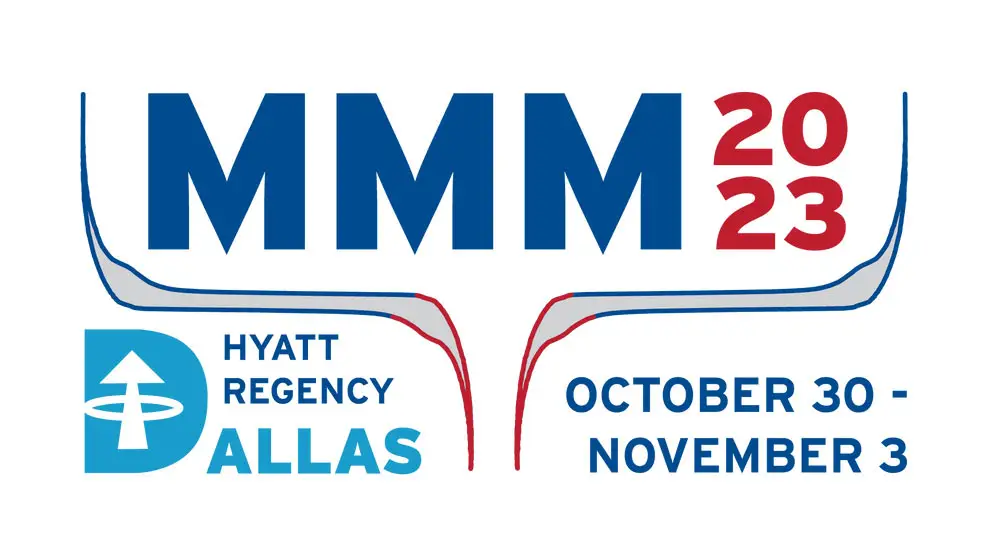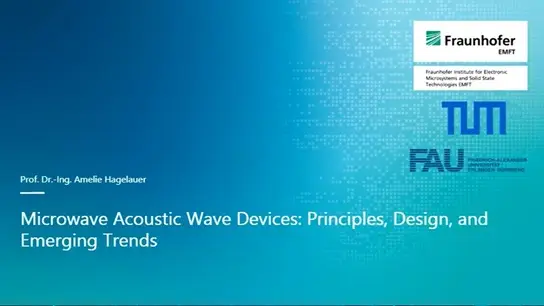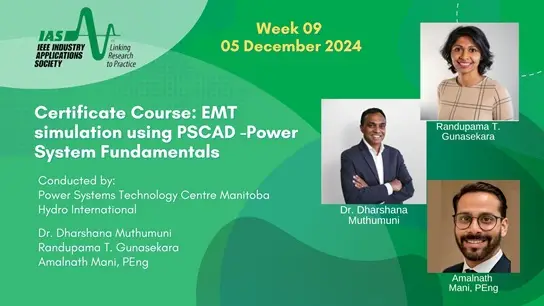BP-14: Observation of magnon-phonon coupling in two-dimensional ferromagnetic Fe3GeTe2
Namrata Bansal, Qili Li, Paul Nufer, Lichuan Zhang, Amir-Abbas Haghighirad, Yuriy Mokrousov and Wulf Wulfhekel
Poster In-Person
26 Oct 2023
The quasiparticle excitations such as magnon and phonon can both be observed in magnetic materials. Magnon polarons [1-4] are the quasiparticles formed through the coupling of magnons and phonons. Fe3GeTe2 (FGT) is a ferromagnetic two-dimensional van der Waals material with a Curie temperature of up to 230 K [5,6] which makes it a promising candidate for the development of spintronic devices [7]. We use inelastic electron tunneling spectroscopy (IETS) at 35 mK to investigate phonon-magnon coupling in FGT. IETS is a powerful tool for determining the inelastic scattering of hot carriers with magnons or phonons with the second derivative of the tunneling current with respect to the bias voltage being proportional to the density of states of phonons and/or magnons. We observed three low-energy excitations below 10 meV using non spin-polarized IETS, as shown in Fig. [1]. These excitations are further supported by the spin-polarized IETS, which further demonstrate their spin-dependent nature by displaying a sizable spin contrast across a domain wall. Interestingly, calculations using density functional theory (DFT) do not reveal any peaks in the density of states (DOS) for phonons or magnons below 10 meV, ruling out the possibility that either phonons or magnons solely are responsible for these excitations. To understand our experimental results, we compared the low-energy bands between phonons and magnons, which show band crossings. Moreover, the energies of these crossings match our experimental results. These band crossings can result in van Hove singularities when there is a significant magnon-phonon interaction. Consequently, magnon polarons can be identified as the low-energy excitations that were detected. Our results provide insights into the potential application of acoustic magnonics in FGT.References: [1] Berk, C., et al. Nat. Commun. 10, 2652 (2019) [2] Vaclavkova, D., et al. Phys. Rev. B 104, 134437, (2021). [3] Li, J., et al. Phys. Rev. Lett. 125, 217201, (2020). [4] Nambu, Y., et al. Phys. Rev. Lett. 125, 027201, (2020). [5] Deiseroth, H., et al. European Journal of Inorganic Chemistry 2006, 1561-1567, (2006). [6] Fei, Z., et al. Nat. Mat. 17, 778-782, (2018). [7] Deng, Y. et al. Nature 563, 94-99, (2018).



